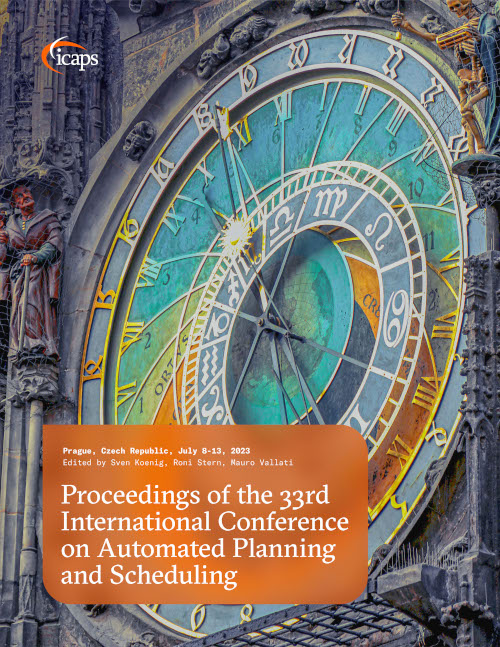Automated Planning to Prioritise Digital Forensics Investigation Cases Containing Indecent Images of Children
DOI:
https://doi.org/10.1609/icaps.v33i1.27230Keywords:
Model-based reasoning, Scheduling, Humanities and computational social science, Real-time planning and schedulingAbstract
Law enforcement agencies (LEAs) globally are facing high demand to view, process, and analyse digital evidence. Arrests for Indecent Images of Children (IIOC) have risen by a factor of 25 over the previous decade. A case typically requires the use of computing resources for between 2-4 weeks. The lengthy time is due to the sequential ordering of acquiring a forensically sound copy of all data, systematically extracting all images, before finally analysing each to automatically identify instances of known IIOC images (second-generation) or manually identifying new images (first-generation). It is therefore normal practice that an understanding of the image content is only obtained right at the end of the investigative process. A reduction in processing time would have a transformative impact, by enabling timely identification of victims, swift intervention with perpetrators to prevent re-offending, and reducing the traumatic psychological effects of any ongoing investigation for the accused and their families. In this paper, a new approach to the digital forensic processes containing suspected IIOC content is presented, whereby in-process metrics are used to prioritise case handling, ensuring cases with a high probability of containing IIOC content are prioritised. The use of automated planning (AP) enables a systematic approach to case priorisation. In this paper, a planning approach is presented where AP is used to generate investigative actions in 60-minute segments, before re-planning to account for discoveries made during the execution of planned actions. A case study is provided consisting of 5 benchmark cases, demonstrating on average a reduction of 36% in processing time and a 26% reduction in time required to discover IIOC content.Downloads
Published
2023-07-01
How to Cite
Khan, S., Parkinson, S., Roopak, M., Armitage, R., & Barlow, A. (2023). Automated Planning to Prioritise Digital Forensics Investigation Cases Containing Indecent Images of Children. Proceedings of the International Conference on Automated Planning and Scheduling, 33(1), 500-508. https://doi.org/10.1609/icaps.v33i1.27230
Issue
Section
Industry and Applications Track

